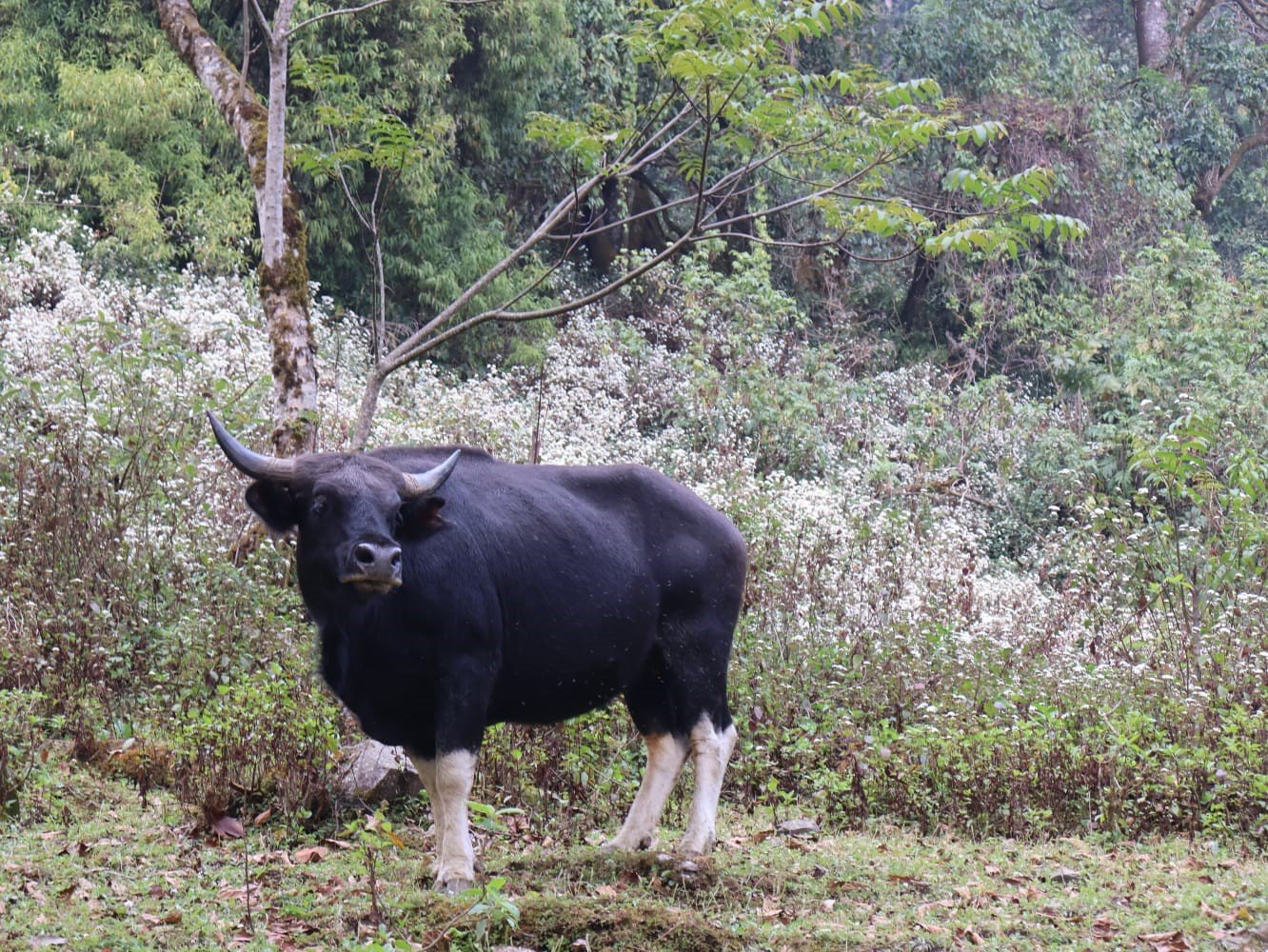Seyochung Village in Nagaland boasts a rich tradition of mithun rearing, a practice deeply ingrained in the cultural fabric of the community. As the state animal of Nagaland, mithun, also known as gayal, holds significant cultural, economic, and social importance within the village. This article explores the traditional practices associated with mithun rearing in Seyochung Village, highlighting its role as a symbol of wealth, community cooperation, and environmental stewardship.
Significance of Mithun:
In Seyochung Village, owning mithun is synonymous with prosperity and prestige. Mithun, revered as a symbol of wealth, symbolizes the economic status and social standing of individuals within the community. Historically, the possession of mithun signified affluence and was considered a valuable asset in the traditional society of Nagaland.
Community Involvement and Governance:
The Mithun Committee, comprising a Chairman and Secretary, plays a pivotal role in overseeing mithun rearing activities in Seyochung Village. Membership in this committee is open to all individuals who own mithun, emphasizing inclusivity and collective responsibility. This committee serves as a platform for decision-making, resource allocation, and the implementation of communal practices related to mithun rearing.

Unique Practices in Fence Making:
One of the distinctive customs observed in Seyochung Village is the annual construction of fences for mithun enclosures. This task is a collaborative effort, with each household contributing one day of labor per year. The communal aspect of fence making fosters a sense of unity and shared responsibility among villagers. Additionally, the Mithun Committee ensures that logistical arrangements, such as providing meals, are made to facilitate the smooth execution of this task.
Download Nagaland Tribune app on Google Play


Environmental Considerations :
An intriguing aspect of mithun rearing in Seyochung Village is the utilization of resources from individual fields and reserved forests for fence construction. Villagers have the liberty to selectively harvest trees for fence materials, reflecting a harmonious relationship between human activities and the environment. This practice demonstrates a deep-rooted understanding of sustainable resource management and the importance of preserving natural ecosystems.
Freedom of Movement:
Mithun in Seyochung Village enjoy the privilege of unrestricted movement within the community lands and reserved forests. This freedom reflects the close connection between mithun and the cultural landscape of the village. It also underscores the traditional ethos of communal land use and shared resources, wherein mithun play a central role in shaping the socio-ecological dynamics of the community.
The traditional practice of mithun rearing in Seyochung Village embodies a harmonious blend of cultural heritage, communal solidarity, and environmental stewardship. Through collective efforts, villagers uphold age-old customs while adapting to changing socio-economic realities. As the custodians of this ancient tradition, the people of Seyochung Village exemplify the timeless wisdom of sustainable living in harmony with nature.

